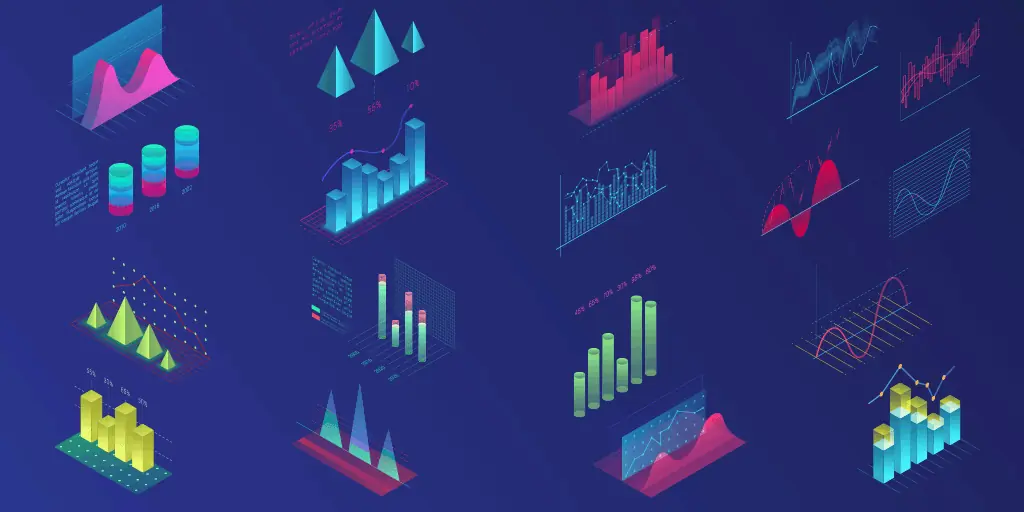For companies leveraging the Azure cloud, it can be easy to forget what life was like before optimized mobile content access, continuous application performance, and freedom from private data centers. Smarter data storage and a dynamic user experience is the norm - they know this, and their customers benefit from the strategic cloud solutions working behind the scene. But Azure itself is evolving, in ways that aren't always readily apparent. Azure now accounts for much of Microsoft's largest business segment and is fundamentally changing its users' experience. By prioritizing customization, and refining tools for greater business insight, Azure is changing the landscape for SMBs looking to grow in 2020.
Here Are Five Exciting Ways Microsoft Azure Is Supporting SMB Success in 2020:
1. Integrated Security Solutions
First GDPR, then the California Consumer Privacy Act (CCPA). This regulatory patchwork is only growing in complexity. As consumer data advocacy grows, and more states implement compliance standards, the most successful businesses will be those well-suited to absorb and integrate these changes. Industry best practice states that a company should default to the most restrictive existing framework, which is currently GDPR. Prior to the regulation's rollout, Microsoft adapted their practice with GDPR as the baseline. The cloud provider has coupled this with security solutions such as threat detection for suspicious user behavior, DDoS protection against malicious web traffic, and Azure AD for Single-Sign-On and identity management. Companies should follow Microsoft's lead, with GDPR at the core of their data security policies. Those that can integrate proactive solutions into a cogent security practice, are positioning themselves for a more dynamic and future-proof cloud experience.
2. AI, Machine Learning, and Advanced Analytics
Machine Learning is going mainstream. Microsoft will be introducing new tools focused on predictive analytics for more informed business and employee decisions. For example, Outlook offers an extension to MyAnalytics through Microsoft Insight. MyAnalytics provides users with an overview of their workweek, including common collaborators, time spent in calls and meetings, contact after work hours, etc. From there, employees can schedule dedicated quiet hours to optimize focus, proactively manage their partner network, and plan their workweek. At the business level, AI and Machine Learning are providing a more acute view into cloud usage, to optimize spend and grow resources based on demand. Windows 10 uses both to identify underused applications and turn them off to save power.
![[INFOGRAPHIC] Artificial Intelligence Benefits and Applications](https://blog.icorps.com/hs-fs/hubfs/AI%20graphic.png?width=699&name=AI%20graphic.png) Image courtesy of WikiBrands.
Image courtesy of WikiBrands.
3. Convergent, Open Source Platforms
Microsoft is creating a more dynamic cloud by integrating proprietary and open technologies, such as the Linux operating system. This push for customization reflects a growing need to support employees, by providing virtual versions of the resources they use every day. The Azure portal has become highly personalized, making it easier for users to add and deploy their preferred resources, data sources, and devices.
4. Smarter IoT Devices in the Cloud
For such well-hyped technology, 90% of IoT project stall out in the proof-of-concept stage. IoT has a notoriously low maturity rate, due to rising security concerns and knowledge gaps. Microsoft is ready to support a better class of IoT devices and is investing $5 billion in IoT over the next four years. A large focus has been the development of Azure's IoT Central - a fully managed platform that offers enterprise-level IoT project templates. Microsoft recently released 11 new templates, with a concentration in manufacturing and healthcare (two industries that have been leaders in adopting IoT solutions). Microsoft has proactively integrated their security solutions, with IoT Edge providing cloud intelligence for edge devices. The templates also make use of online database resources and storage, device registration, location-sensitive insights, and compatibility with existing business applications.
 Image courtesy of WikiBrands.
Image courtesy of WikiBrands.
5. Dynamic Pricing for Azure
This year, Microsoft will be expanding Azure's pricing model to better match project volume and need. The idea is to develop a dynamic consumption model that actively accounts for changing services, storage, and host location. This will provide another window into business' resource use and opportunities for financial optimization. If your business is looking to optimize its cloud spend, or migrate to Azure, now is the time to do so. For information about getting the most out of your Azure cloud, reach out to iCorps for a free consultation.






